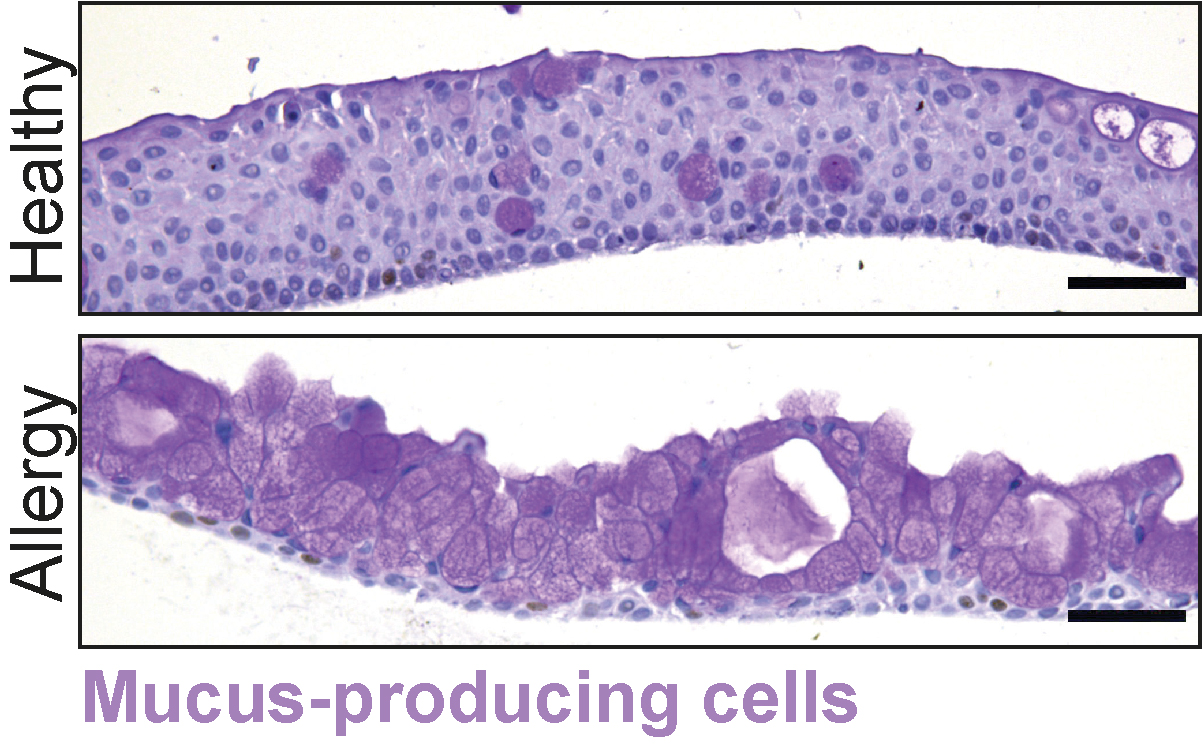Researchers have developed the first organoid model of the human conjunctiva, a 3D culture of cells mimicking the actual tissue, which is involved in tear production. And as if that wasn’t cool enough, it also helped them to discover a cell type never before described in this tissue.
The conjunctiva is an important part of the human eye; it’s a thin membrane that protects and lubricates the inside of the eyelids and the white of the eye. It can also be affected by disease, ranging from the common eye condition conjunctivitis to rare forms of cancer.
Understanding such conditions, and therefore how to treat them, has been hindered by the lack of a good model for the tissue. That’s where the organoid group at the Hubrecht Institute came in, taking cells from a human conjunctiva and growing them into a 3D structure that could function as the real thing – an organoid in a dish.
“Once we had these functioning organoids, we wanted to know how the conjunctiva is involved in the production of tears,” explained lead researcher Marie Bannier-Hélaouët in a statement. “We discovered that the conjunctiva makes antimicrobial components and therefore contributes to tear production in more ways than by simply making mucus.”

Under allergy-like conditions, the number of mucus-producing cells increases.
Image credit: Marie Bannier-Hélaouët © Hubrecht Institute
The researchers made this discovery when altering the conditions in the dish to mimic allergies; the conjunctiva can become inflamed because of allergens like pollen or dust. “The organoids started to produce completely different tears: there was more mucus but there were also more antimicrobial components,” said Bannier-Hélaouët.
This investigation also led the team to another new finding, at least new when it comes to the human conjunctiva: tuft cells. More commonly thought of as a type of cell found lining the intestines, the researchers found that the number of tuft cells increased when the organoid was subject to allergy-like conditions. This, they suggest, indicates that the cells may play a role in how the eye responds to allergens.
The researchers hope that their model will enable more research into the conjunctiva and the diseases that can affect it. “We can use our model to test drugs for allergies or dry eye disease, for example,” Bannier-Hélaouët explained.
They also hope that one day, they’ll be able to take it even further, by creating replacement conjunctivae for people affected by burns or cancer. “We are now running preclinical studies in rabbits to assess whether this approach is feasible and helpful,” said Bannier-Hélaouët.
The study is published in Cell Stem Cell.
Source Link: First Model Eye Membrane Makes Human "Tears In A Dish" And Reveals Surprise Cell